How Public Private Mental Health Partnerships Are Bridging Service Gaps
Secure, Convenient and Effective


The growing prevalence of mental health conditions has put enormous pressure on public health systems worldwide. Long waiting lists for counselling, overstretched community teams, and limited resources for early intervention mean many people fall through the cracks. In the UK, for example, NHS waiting times for talking therapies can exceed 18 weeks in some areas — and that’s once a referral has even been accepted. Meanwhile, private sector providers remain under-leveraged as strategic partners in alleviating demand.
A more integrated, collaborative approach, where public and private providers pool expertise, data and capacity, offers a powerful remedy. Below, we explore why public private collaboration is essential, what it looks like in practice, and how NavGP, as a private GP service, is pioneering new ways to bridge mental health service gaps.
The Challenge: Rising Demand Meets Limited Capacity
Escalating prevalence. One in four adults in England will experience a mental health problem each year; demand for support has soared further post-pandemic.
Resource constraints. NHS mental health teams face recruitment and retention crises: vacancy rates in adult community mental health teams stood at over 20% in 2024.
Fragmented pathways. Patients often navigate complex referral routes GP → IAPT → specialised services, without real-time coordination or feedback loops.
These dynamics lead to delays, drop-outs and ultimately, poorer outcomes. When public services can’t meet demand quickly, private providers can offer complementary capacity, but only if collaboration is systematic rather than ad hoc.
Why Public Private Partnerships Matter
Expanding capacity swiftly. Private clinics and telehealth platforms can absorb overflow referrals, cutting waiting times.
Driving innovation. The private sector often pilots digital triage tools, outcome-tracking apps and AI-driven risk stratification that public services can adopt at scale.
Sharing data securely. Interoperable records and consented data sharing enable seamless handovers and population-level insights.
Flexible workforce models. Private providers tap into locum and peripatetic specialists, alleviating staffing shortages in public teams.
A successful partnership aligns incentives — public services retain oversight and equity of access, private partners deliver high-quality, cost-effective care, and patients experience a unified pathway.
The Role of Private GPs in Mental Health
General Practitioners are often the first port of call for mental health concerns — but in busy practices, consultations are short and GPs may lack specialist training. Private GPs, unbound by 10-minute appointment slots and with greater access to digital tools, can:
Offer extended assessments (30–60 minutes) to explore psychological, social and biological factors.
Deploy digital screening (e.g. PHQ-9, GAD-7) and integrate results directly into shared care records.
Facilitate rapid referrals to both NHS IAPT and private therapists, tracking progress in real time.
Provide blended care — combining face-to-face, video and app-based interventions.
This additional layer of GP-led mental health support helps triage patients more accurately, intervene earlier and reduce pressure on specialist secondary services.
Spotlight on NavGP: Bridging the Gap
NavGP is a fast-growing private GP service that exemplifies how public–private collaboration can transform mental health care. Here’s how NavGP is making a difference:
1. Seamless Digital Triage & Referral
24/7 online booking: Patients self-refer via NavGP’s portal, completing validated digital questionnaires.
Efficient handovers: With patient consent, NavGP GP's may share summary assessments directly with the regular NHS GP, ensuring no information is lost.
2. Extended, Holistic Consultations
Longer appointments: NavGP GPs spend up to an hour addressing mental health concerns — uncommon in standard GP practices.
Social prescribing link-up: NavGP can connect or direct patients to appropriate local exercise schemes, art therapy and peer support.
3. Data-Driven Quality Improvement
Outcome measurement: All patients undergo a PHQ-9 and GAD-7 assessment in the initial and relevant future appointments.
Predictive analytics: NavGP's analytics engine flags patients at risk of crisis, prompting proactive outreach by care coordinators.
Conclusion
Bridging mental health service gaps requires more than isolated initiatives — it demands sustained, strategic collaboration between public bodies and private innovators. Private GPs like NavGP play a critical role, offering extended, digitally-enabled assessment, rapid specialist access, and data-driven feedback loops that bolster NHS capacity. By working together, public and private partners can ensure timely, equitable and high-quality mental health care for all.
Professional GP advice, anytime, anywhere


